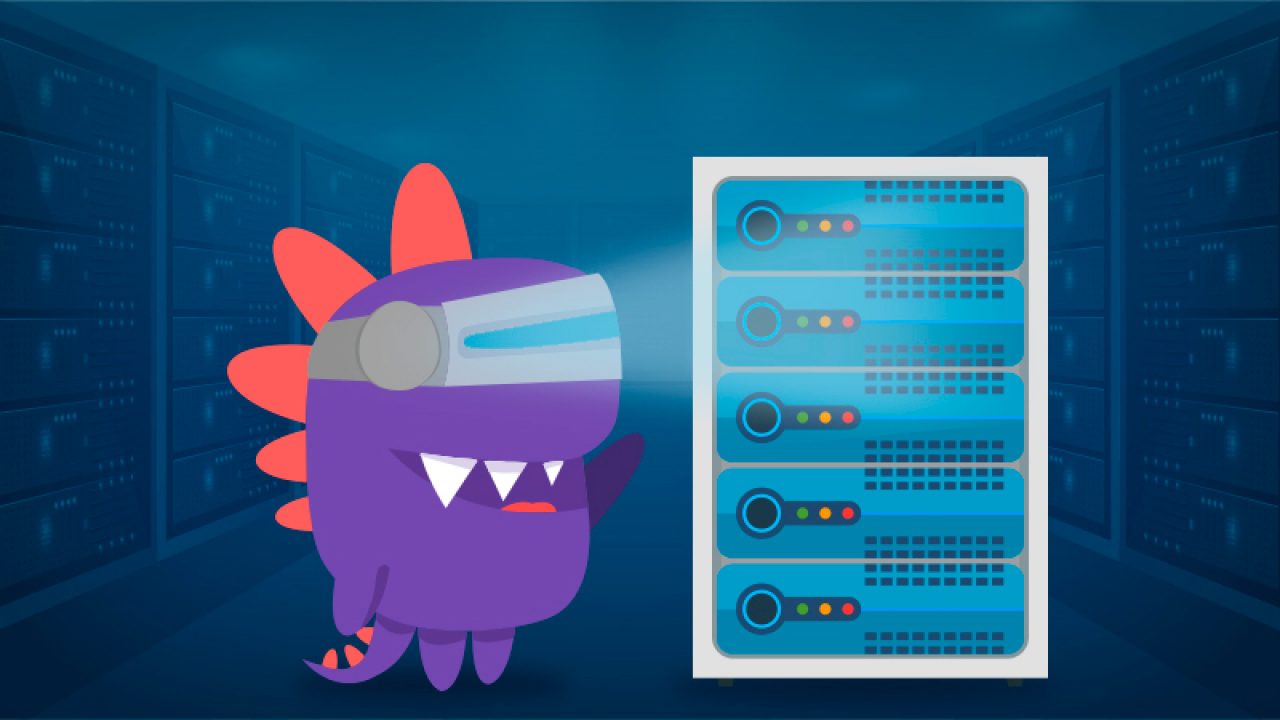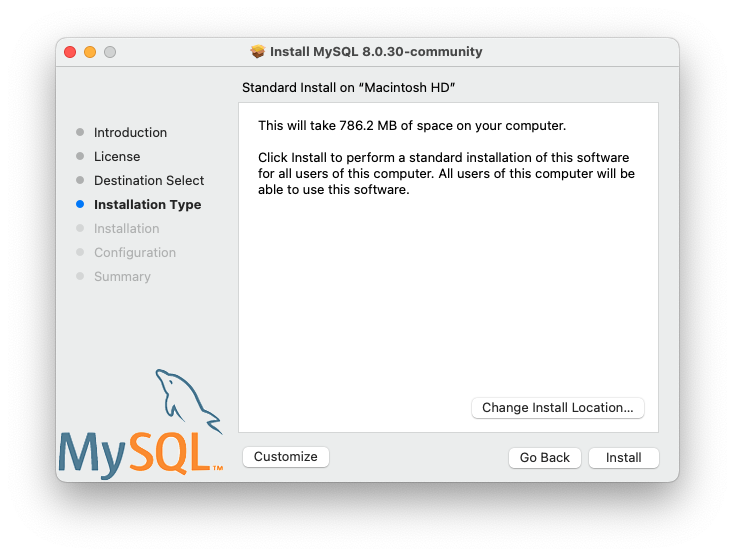
Now, its time to create a nf file which will help in configuring our document root. Now, run the following command to create the Sites directory.įor me the user document root path is the following. Run the following command to switch to the user home directory. The system level document root in macOS Mojave is located in the following directory.įor the user level we can create a directory called Sites in user directory. One is at the system level and the other is at the user level. This is the location in the computer file system from where the files are accessed when we visit the localhost in a browser.ĭocument Root is a directory where we put our website files. In case you don't get to see the above output then run the following command to check the error. If you want to stop the Apache server then run the following command.Īnd to restart Apache server run the following command.Īfter starting Apache server go ahead and test it by opening a browser like Safari or Chrome and visit You will get to see the following output in your browser. When you use sudo in the terminal then you will be prompted to enter your admin password to proceed. To start Apache web server run the following command. To check the version of Apache installed run the following command in the Terminal. Open Terminal using macOS Spotlight or go to /Applications/Utilities and open Terminal.

The new macOS Mojave comes with Apache pre-installed.

Lets go ahead and configure our LAMP stack development environment on macOS Mojave. We will be using the pre-installed Apache and PHP and we will download and setup MySQL database.
My sql for mac os x install#
In this tutorial we will learn to install Apache, MySQL, PHP on macOS Mojave 10.14.Īpple released the new macOS Mojave 10.14 on 24th September 2018 and it includes Apache and PHP.


 0 kommentar(er)
0 kommentar(er)
